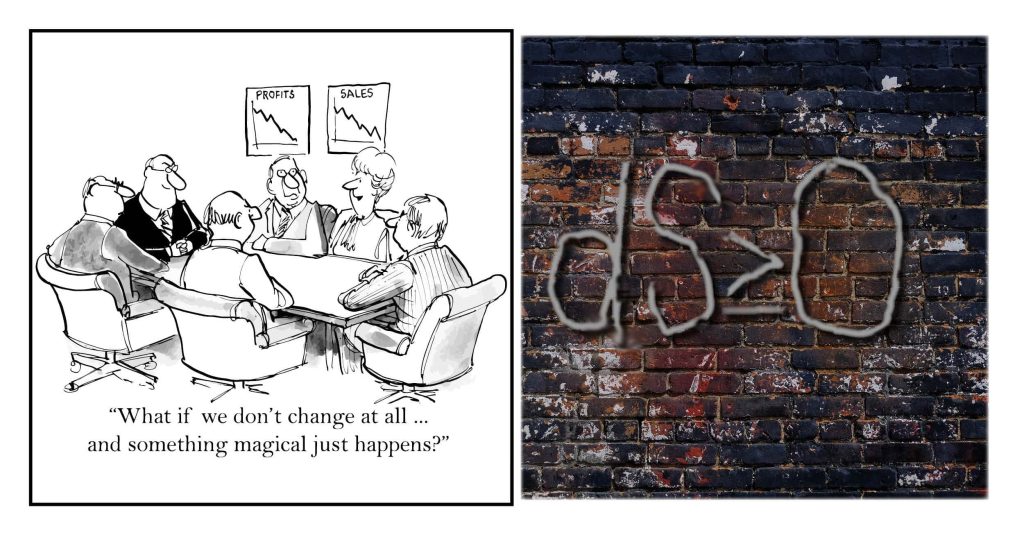“We have always done it this way.” No longer simply a hated phrase, this statement is a warning of impending disaster. Entropy – the disorder... Continue reading
Return to previous page



